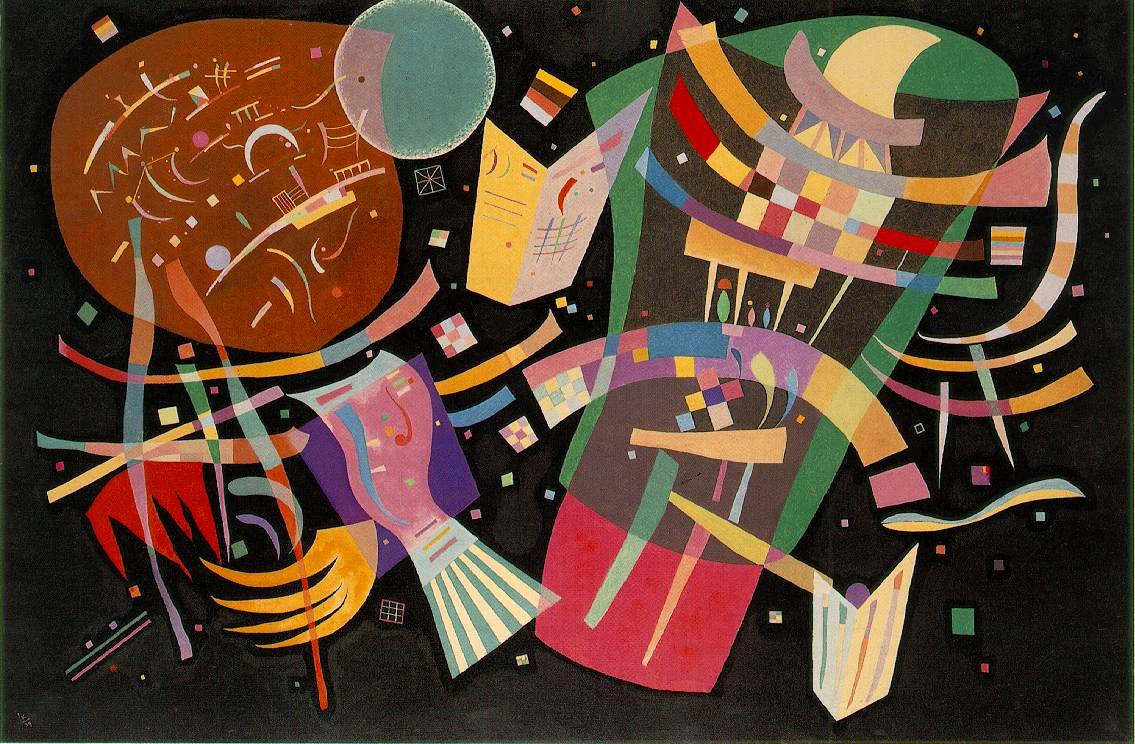Wassily Kandinsky
Wassily Kandinsky, Composition VII, 1913
Wassily Kandinsky (1866-1944) is celebrated as a groundbreaking figure in the evolution of modern art, often hailed as the father of abstract painting. His innovative approach to color, form, and composition transcends the boundaries of representation, inviting viewers into a realm where emotion and spirituality reign supreme. Kandinsky believed that art should evoke feelings and stir the soul, a philosophy that permeates his dynamic works.
Wassily Kandinsky, Jaune Rouge Bleu, 1925
Among his most notable masterpieces are:
Composition VII (1913): This monumental work exemplifies Kandinsky’s mastery of abstraction. A vibrant explosion of color and swirling forms, it captures the chaos and harmony of life, inviting viewers to experience an emotional journey through its energetic rhythms and layers. Improvisation 28 (1912): A seminal piece in the transition to abstraction, this painting reflects Kandinsky's fascination with music and its emotional power. The dynamic composition and bold colors convey a sense of movement and spontaneity, immersing the viewer in a world of sound and feeling. Composition X (1939): In this later work, Kandinsky explores the interplay of geometric shapes and vivid colors, creating a visual symphony that resonates with emotional depth. The balance of chaos and order invites contemplation on the interconnectedness of art and life. Yellow-Red-Blue (1925)**: This iconic piece exemplifies Kandinsky's exploration of color theory, where each hue vibrates with its own emotional resonance. The bold primary colors and dynamic forms engage viewers, evoking a visceral response that transcends mere observation.
Wassily Kandinsky, Improvisation 28, 1939
Born in Moscow, Kandinsky spent significant periods in Germany, where he became a leading figure in the Bauhaus movement, and later in France. His life was marked by a commitment to exploring the spiritual and emotional dimensions of art, culminating in a profound body of work that continues to inspire. Kandinsky lived in Paris until his death in 1944, leaving behind a legacy that challenges us to see beyond the surface and connect with the emotional essence of our surroundings. His art remains a testament to the power of abstraction in expressing the complexities of human experience.
Wassily Kandinsky, Composition X, 1939



